Shinkansen
The reason that we were going to Okayama was Koraku'en, one of the three most famous gardens in Japan, along with Kenroku'en in Kanazawa and another one somewhere outside Tokyo. Okayama is on the Shinkansen line between Hiroshima and Osaka, so we were going to be passing it anyway, and figured why not stop and see something instead of just coming directly home?
We stuffed most of the heaviest stuff we were carrying into coin lockers at Okayama Station, but the lockers were almost entirely sold out and we thus toted around, among other things, sleeping bags that we had no particular purpose for that day. Dumping the heavy stuff was key, though.
In Okayama they pretty much just assume you're here for the garden and signs leading to it are easy to come by. The walk from the station is around 15 minutes and isn't complicated. When we got close to Koraku'en itself we discovered that the local neighborhood there had a festival going on, but we ignored that for the time being and moved on to the garden.
I'm pretty sure this was festival-related.
Koraku'en is probably not much bigger than Kenroku'en but it looks and feels expansive compared to it. While Kenroku'en has a lot of little areas all abutting each other, Koraku'en has enormous grass fields separating the different garden elements, giving the whole place a much wider and more open feeling. It also appears to be more coherent a design - Kenroku'en has some mess and disorganization where elements are individually stunning but do not necessarily draw strength from their proximity. Koraku'en felt to me to be more like a Western formal garden, with carefully trimmed shapes, lots of grass, obviously unnatural (though quite pleasant to look at) water features, and since most Japanese women walk around during the day with frilly umbrellas and sometimes white gloves, the whole thing felt rather Victorian, despite the bulk of the garden being undeniably Japanese.
Large grassy areas that you cannot walk on
Streams meandering around the meadow
Ponds and islands were not the focus of this garden, but it had to have some
There's a time and a place for toe-dangling, I guess
After viewing our fill in Koraku'en, we went back into the neighborhood that was having the festival to look for lunch, and immediately found a restaurant overlooking the river that looked interesting, with the cheesy English name of Natural Mystic. We're pretty sure, in retrospect, that the restaurant is vegetarian, because the tasty looking burgers they were advertising (and that we both ordered) turned out not to be meat. That said, it was in fact tasty enough that I'd eaten halfway through mine before I even noticed and I'd order it again if given the chance. The hamburger buns were also the best we've had in years, better even than one usually gets in the States - chewy and flavorful with a lightly crunchy exterior. For a couple who ordinarily makes hamburgers on thick-sliced white bread because buns aren't sold in Japan, these were especially nice to have. The salad that came with the burger was clearly very fresh produce - all the vegetables in both the burger and the salad had superior crunch and flavor.
Better than a significant percentage of all-beef burgers I've eaten
Bit of a hippie place but whatever it was good
Crunch and flavor aside, Ana was not as thrilled as I was with lunch (she objects to fake meat products on the grounds that if you're a vegetarian you should just suck it up and not pine for meat or meat substitutes - I don't necessarily agree) and she swiftly conducted us to a dessert cafe right down the road to find a supply of that which makes everything better in her life - sugar. The place was called the Plywood Cafe, and like Natural Mystic it was definitely a little fruity. However, the desserts turned out to be amazing, my confection was one of the best desserts I have ever had, and exhibited a wonderful subtlety and balance between sour grapefruit and the sweetness of everything else.
Ana was troubled and required desserts
Superior confection
Desserts consumed, we headed over to Okayama Castle, which is adjacent to the garden. Like Hiroshima castle, it is also a replica, though Okayama's castle was destroyed by incendiaries rather than an atomic bomb. The usual museum exhibits were supplemented by a display of extremely detailed historical information relating to this specific area in Japan during the times of turmoil when Japan was beginning to shed its feudal structure for that of a more modern state. I felt it was a lot like "and so-and-so begat so-and-so" except that instead of begat it was "rebelled against" or "suppressed the rebellion of" but Ana liked it and I didn't mind it, so since we had the time it wasn't bad.
Okayama castle 2.0
After all that, we still had two hours until our next train left, so we found a park bench by the river and I snoozed while Ana read her book. About about an hour before our train, we walked back to the station to head back to Kanazawa and work the next day.
Ana felt it was very important to mention that shortly after beginning to walk back to Okayama Station, someone on the other side of the river started playing bagpipes. They weren't a beginner but they weren't expert either. It was fairly surreal to walk around in Japan to the sound of bagpipes.
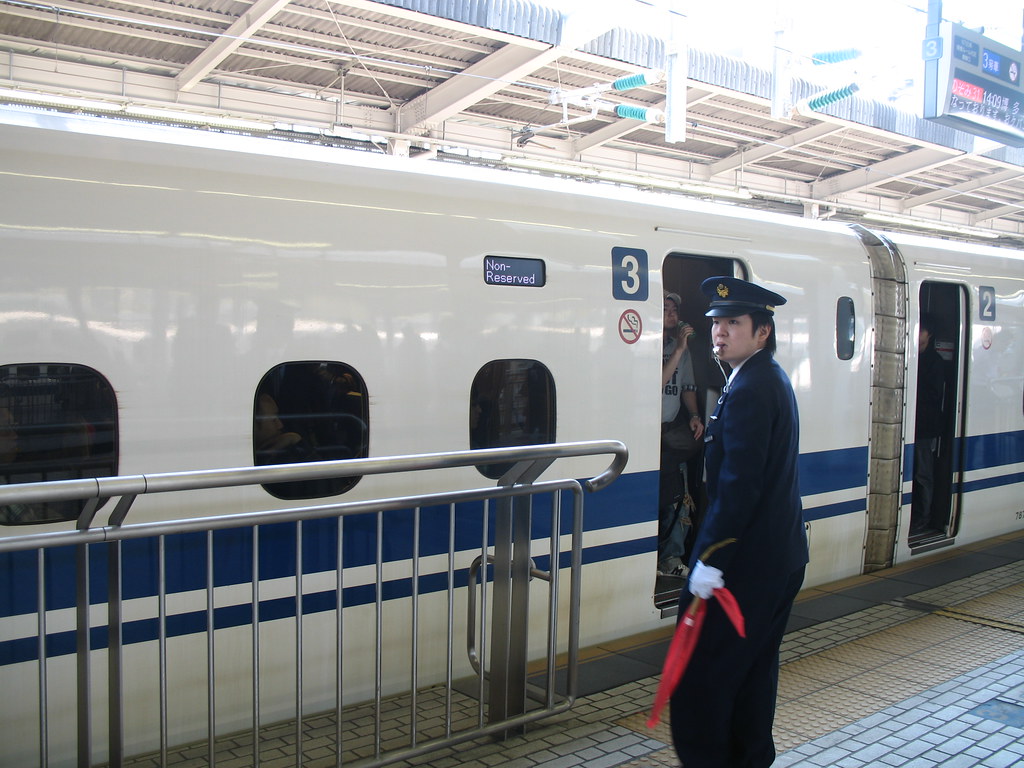

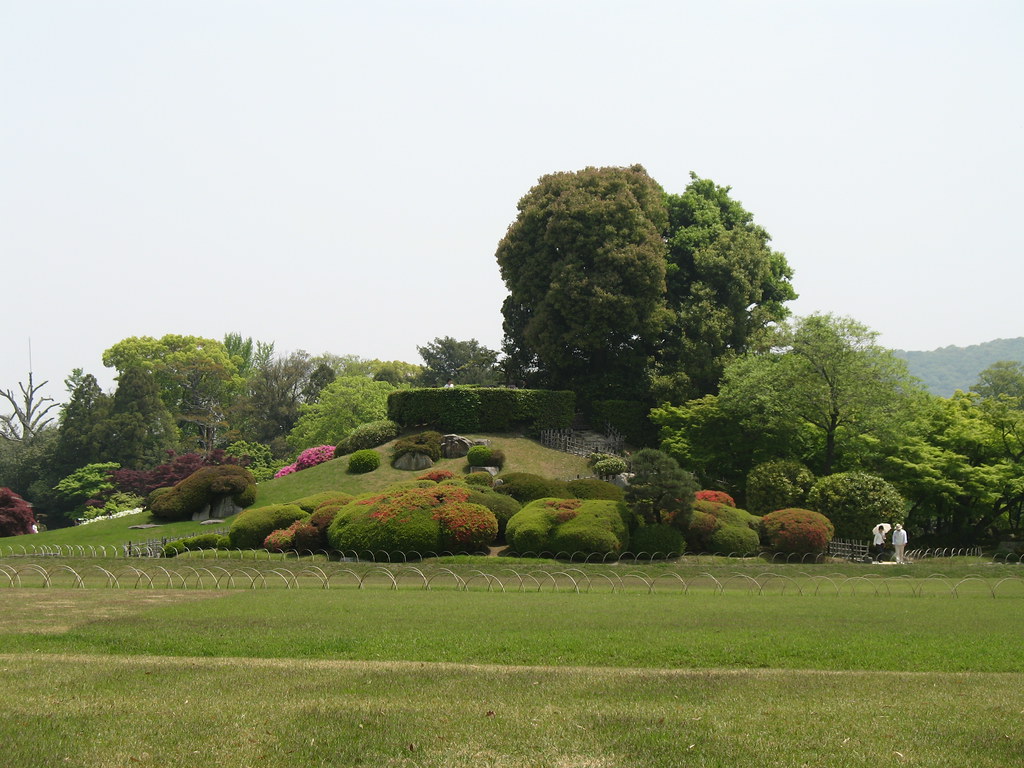
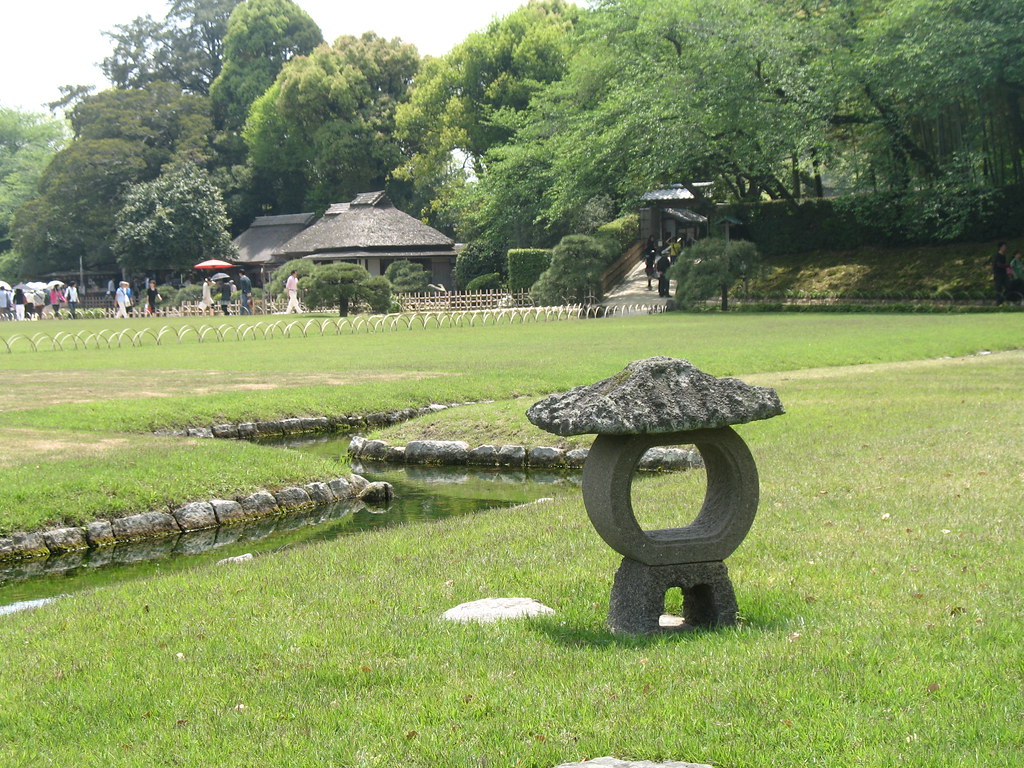
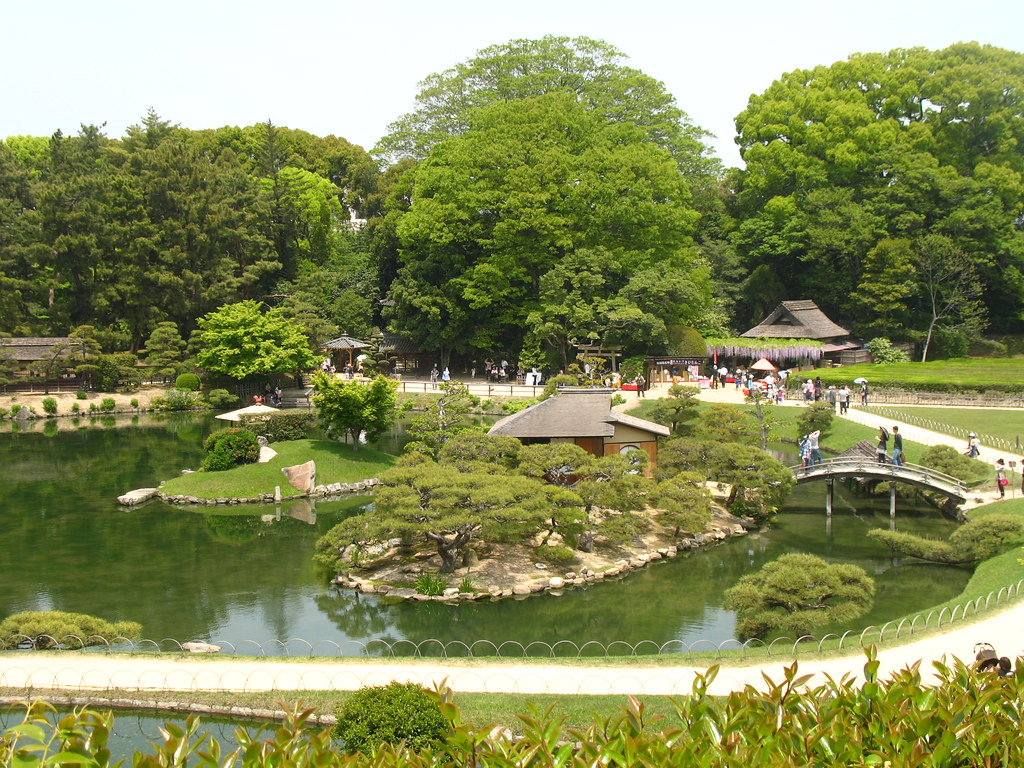

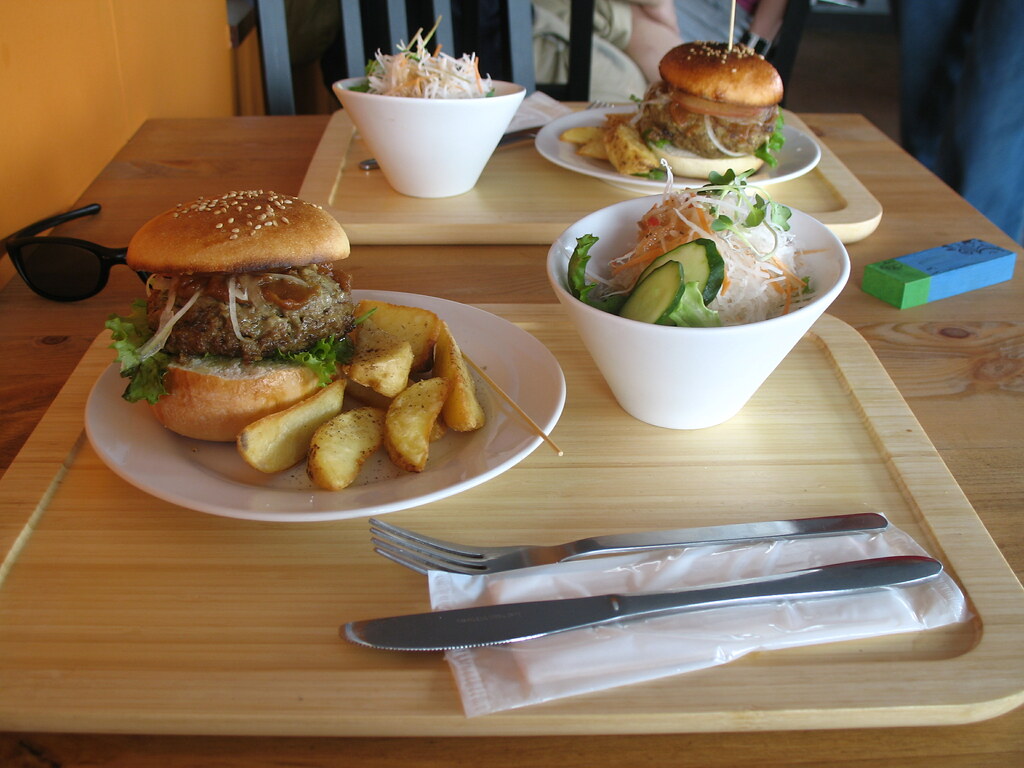
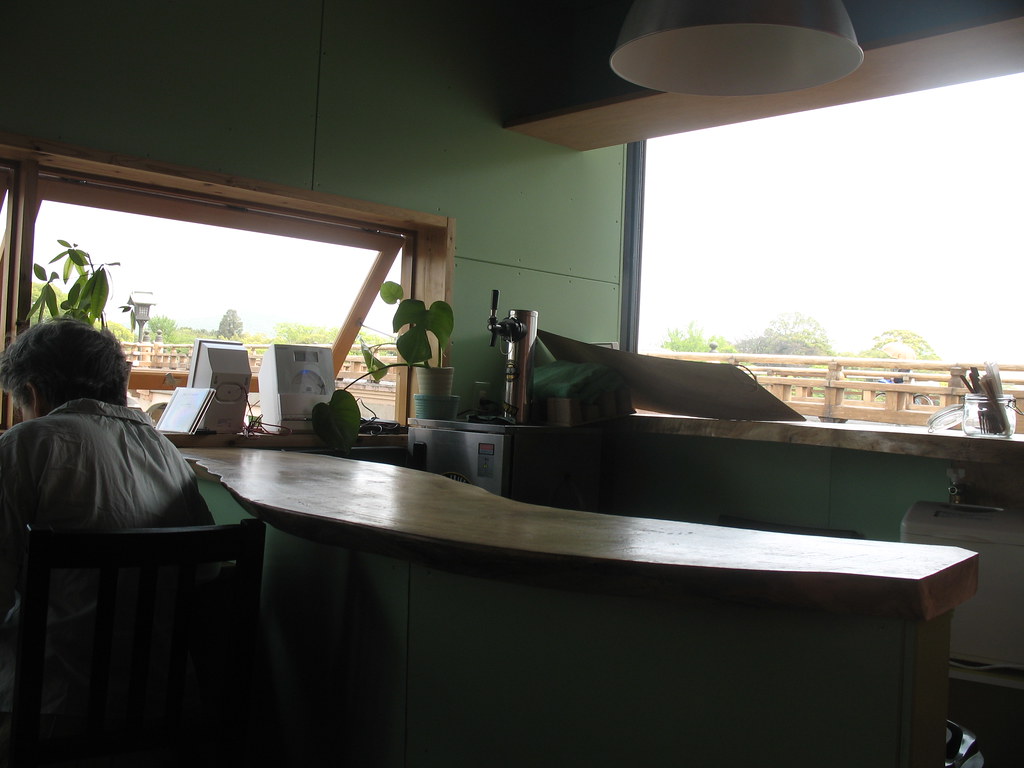
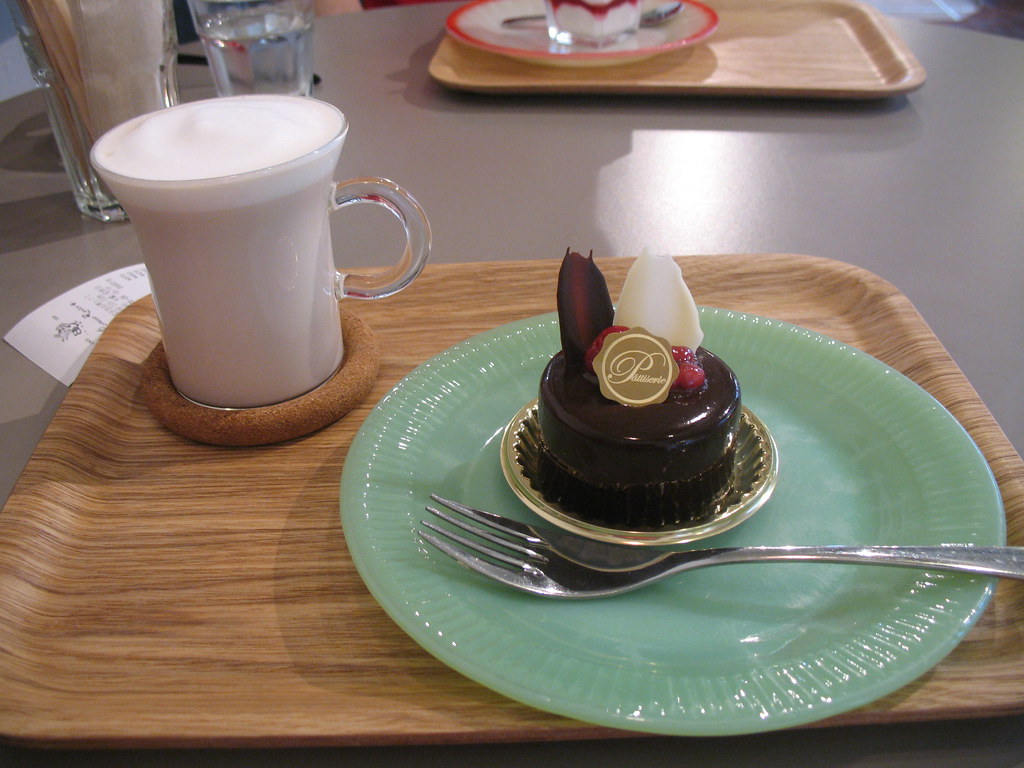
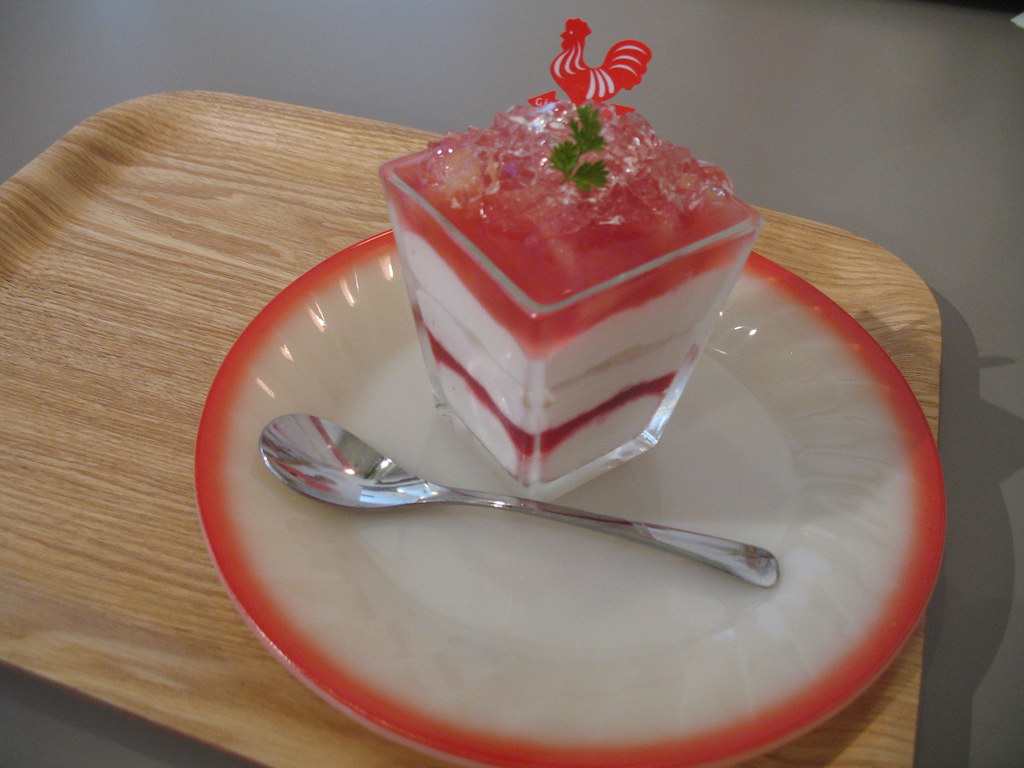
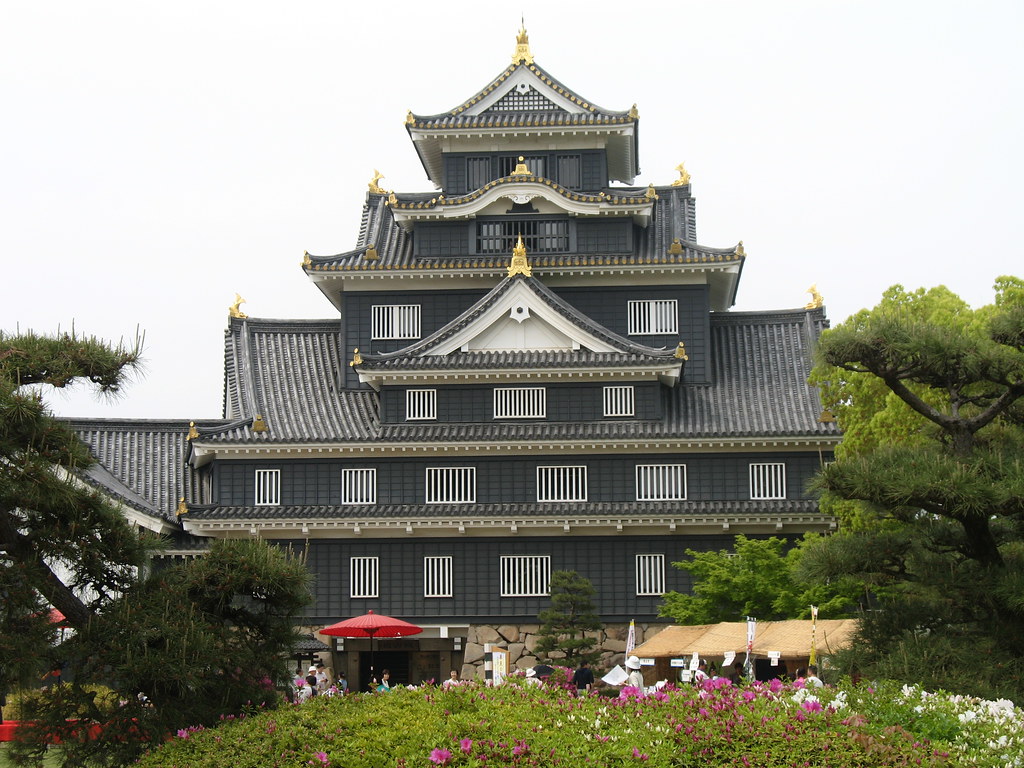
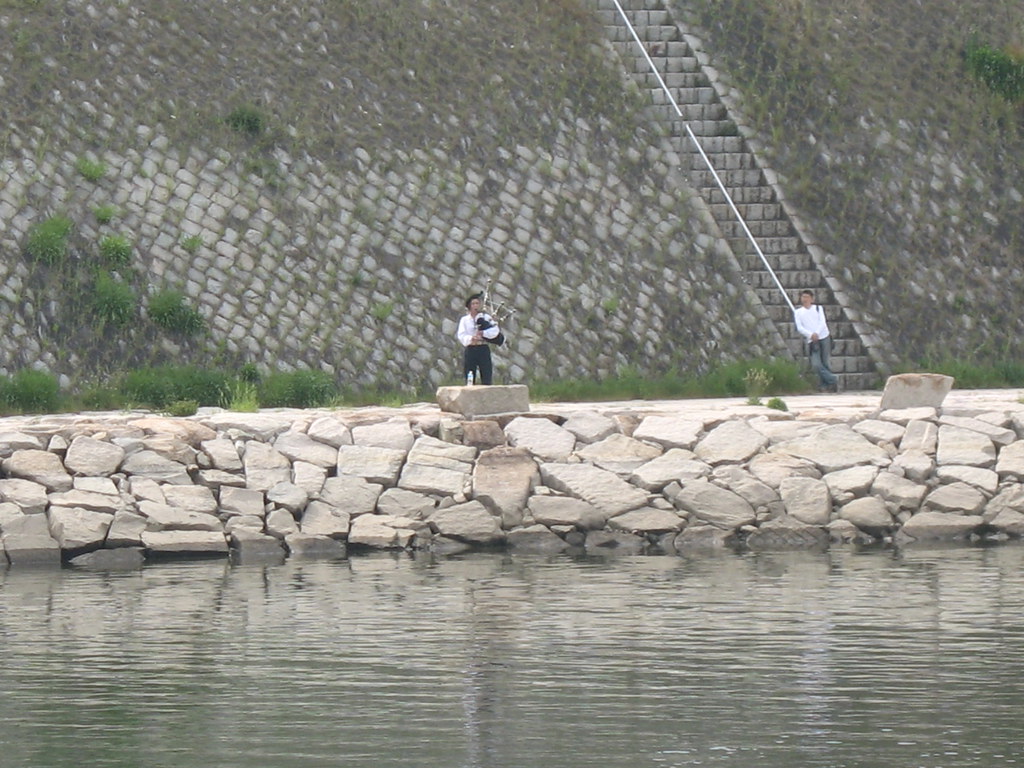
No comments:
Post a Comment